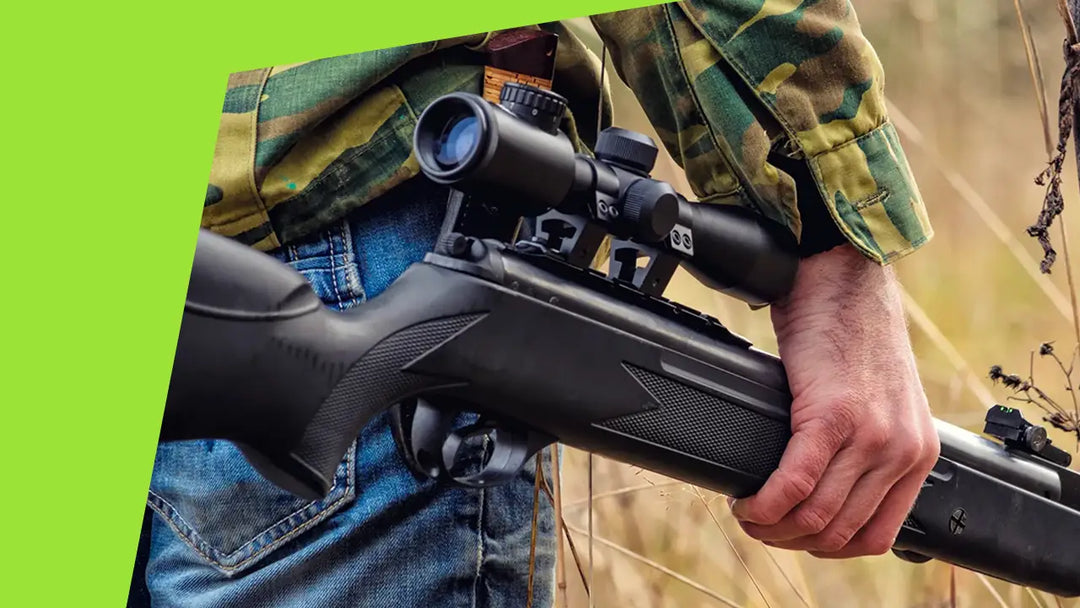How to Build a Fire Correctly – Legally and Efficiently
Spring is here, and for many, that means trips into the woods and fields! Just as important as a first aid course is refreshing your memory on how to set up a fire – because without food and drink, the hero is no good!
Safety and Fire Bans
The first, and perhaps most important point to remember, is exactly when and where you can start a fire, without risking a wildfire. The general rule is that it is only allowed to set up a fire in forests and uncultivated land between April 15 and September 15 without permission from the municipality.
There are some exceptions – if you use approved fire pits, you can grill as much as you want, all year round. This also applies if you are by the water, on the beach for example, as long as you are not near forests or other dry areas. If you're unsure, always err on the side of caution! Check with the municipality for applicable rules.
Definitely don't use lighter fluid when lighting up! That's a quick way to get burns. Make sure to light the kindling with matches or a lighter.
Efficient Fire Building
Now that you know you're in a safe place, it's about setting up the fire as efficiently as possible, so you get good and stable heat.
So, it's not just about rummaging for the first thing you find and crossing your fingers, a bit of planning is required! It's important to know what you're using the fire for. Are you making breakfast in the morning, or is light and warmth more important?
Check out our selection of campfire and outdoor equipment here
Star Fire
An efficient way to boil water is by using a star fire. It doesn't emit as much heat as a pagoda fire, but it's perfect for a cup of coffee! Place about 6 large, good logs in a star formation.Between the logs, you build a pyramid fire consisting of thick sticks leaning against each other like a pyramid.
The bottom of the fire you fill with shavings, dry twigs, and birch bark. Birch bark is the outermost, white layer of the birch bark, which is very effective in lighting due to its waterproofness.
Now, just light it from the bottom, and push the logs inward as they burn up!
Pagoda Fire
If you're more concerned about the coziness and warmth a fire can provide, the pagoda fire is the perfect fire for you. This requires a bit more wood, but in return burns longer, if you build it tight and efficiently.
How many layers you build it in, depends entirely on how long you want it to burn – the higher, the longer. It is common to build it in 4 or 5 layers.
Start by building a small pyramid fire. As you remember, use kindling of birch bark, shavings, and dry twigs.
Around the pyramid fire, place four solid logs of the same size – as fresh as possible. On top, place two logs right at the edges. It's important to leave enough space between them, so there's room for the pyramid fire. Continue in a few more layers – as big as you want it, and taper it slightly towards the top. This way, the fire gets enough oxygen to burn for a while.
Hunter's Fire
If you're the rugged type, a hunter's fire might be practical and easy for cooking. Here, you can choose the approach you want. One way to do it is to find three large, solid stones that can support a pot on top. Between these stones, you build a small pyramid fire.
You can also do it by finding three large, sturdy logs. These logs must stand upright around the pyramid fire. When the flames start to die down, add more twigs and bark to the pyramid fire.This applies to all types of fires! If you don't make sure to keep the fire alive, it will eventually extinguish itself.
Fire Extinguishing Safety
Now you're done with the fire, and ready to continue on your journey. But the work isn't over! It's critical to remember to have properly extinguished the fire. Even if it may look burnt out, embers can easily flare up again in the wind.
Therefore, always make sure to bring plenty of water to pour over the fire when you leave. You can also use sand or snow – but chances are you have some water bottles with you. When you can touch the fire without feeling heat, it's safe to leave the scene.
Live Skartveit










Leave a comment